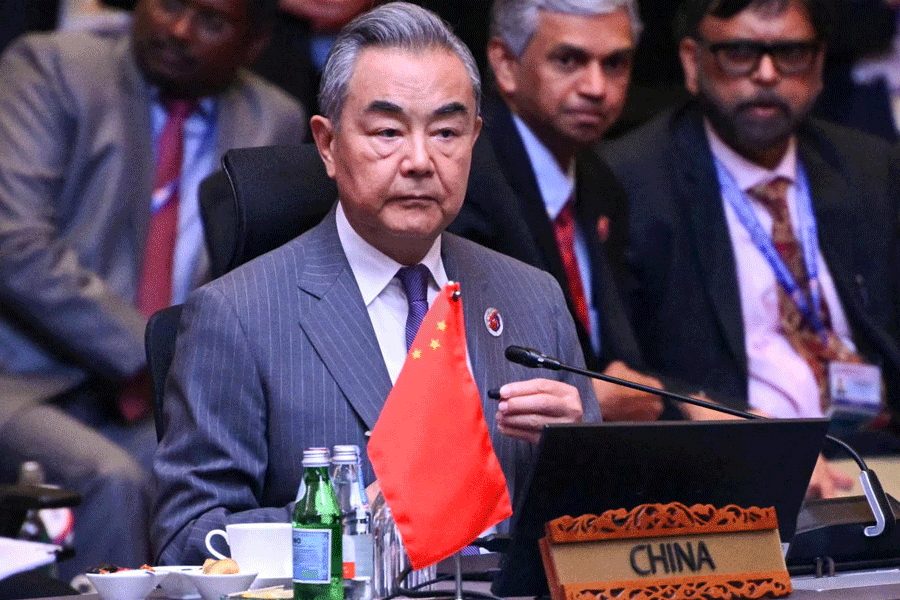The microfinance industry has seen a contrasting trend in funding in the July-September quarter of 2018-19 with debt funding declining amid risk management concerns for banks and liquidity issues of non-banking finance companies.
Data from industry body Microfinance Institution Network (MFIN) show that total equity has increased to Rs 12,876 crore in the second quarter from Rs 10,341 crore in the first quarter of the fiscal primarily because of interest from private equity investors. However, debt funding has come down to Rs 7,966 crore on a quarterly basis from Rs 9,933 crore.
The industry anticipates the trend to persist in the third quarter. MFIs depend on credit sourced from banks and financial institutions for onward lending, while a higher equity base improves their ability to leverage and grow.
“There is a liquidity challenge and it is more difficult for small and medium microfinance firms who may not have high credit rating to the liking of a bank or NBFC. Even if they do, the rate at which they can source debt pushes their cost of fund and puts pressure on margin, thus constraining their ability to expand,” an industry executive said.
A break-up of debt funding data from MFIN shows that 62 per cent of the total credit flow was from banks during the second quarter of 2017-18. This has come down to 56 per cent during the second quarter of 2018-19.
At an industry level, the average cost of funds for the second quarter was 14.1 per cent, while the average interest rate charged was 24 per cent.
“For small and medium MFIs, it is a bigger challenge. However, the industry is currently exploring ways to improve debt funding to the sector. There are ongoing discussions with Sidbi and Mudra on how to increase credit flow to MFIs and whether the MFIs can pool their assets and there could be securitisation,” said Harsh Shrivastava CEO of MFIN.
“What is encouraging is the rising private equity investment in the MFI industry. This is good for the sector that has seen a growth of over 50 per cent in the overall loan portfolio despite the liquidity concerns. It is a well regulated sector,” said Shrivastava.











